The Kia EV6 vs Tesla Model Y: Which EV Offers More for Your Money?
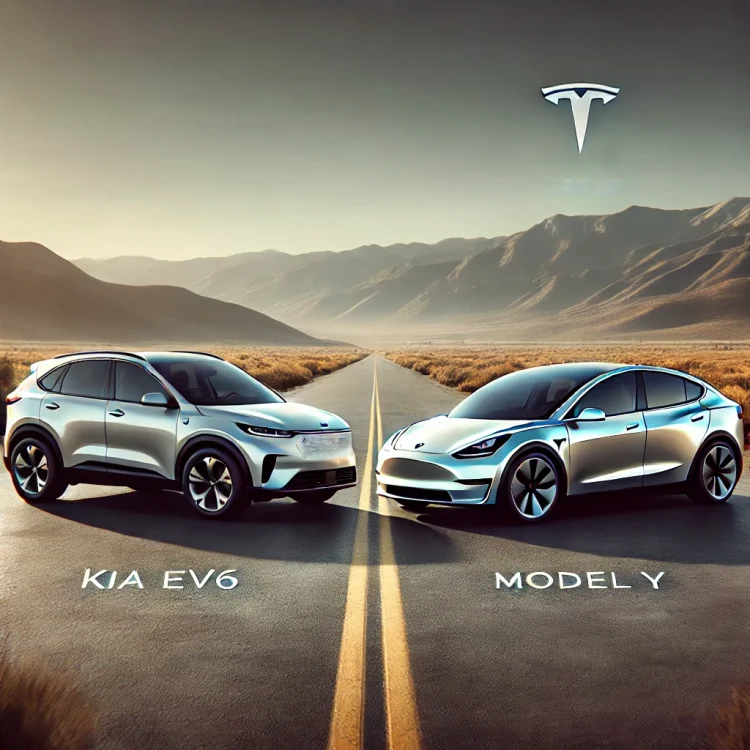
Overview of Kia EV6 vs Tesla Model Y Comparison
Contents hide
Here’s a detailed overview comparing the Kia EV6 vs. Tesla Model Y, including specifications, pros and cons, reliability, and everything you need to know to help you make the best decision.
Side-by-Side Specs Comparison for Kia EV6 vs Tesla Model Y
| Feature | Kia EV6 | Tesla Model Y |
|---|---|---|
| Power Options | – RWD Standard (167 hp) – RWD Long Range (225 hp) – AWD (320 hp) – GT AWD (576 hp) | – Dual Motor AWD (384 hp) – Performance AWD (456 hp) |
| Battery Capacity | – 58.0 kWh (Standard Range) – 77.4 kWh (Long Range) | – 75 kWh (Long Range) – 75 kWh (Performance) |
| Range (EPA Estimated) | – RWD Long Range: up to 310 miles – AWD Long Range: up to 274 miles – GT AWD: approx. 206 miles | – Long Range AWD: 330 miles – Performance AWD: 303 miles |
| 0-60 mph Acceleration | – GT AWD: 3.5 seconds – AWD: 5.1 seconds | – Long Range AWD: 4.8 seconds – Performance AWD: 3.5 seconds |
| Charging Time | – 10-80% in 18 minutes with 800V DC fast-charging – 7 hours with 240V home charger (Long Range) | – 10-80% in 25 minutes with Tesla Supercharger – 8-10 hours with Tesla Wall Connector (home charging) |
| Vehicle-to-Load (V2L) | Yes, up to 3.6 kW | No |
| Interior Display | – Dual 12.3-inch displays – Augmented Reality HUD on select trims | – 15-inch center touchscreen |
| Infotainment | – Apple CarPlay, Android Auto – Kia Connect | – Tesla Software Ecosystem – Built-in streaming, navigation, and gaming |
| Driver Assistance | – Highway Driving Assist 2 (HDA2) – Blind-Spot View Monitor – Safe Exit Assist | – Autopilot (standard) – Full Self-Driving (FSD) (optional) |
| Seating Capacity | 5 passengers | 5-7 passengers (optional 7-seat configuration) |
| Cargo Space | – Rear: 24.4 cubic feet – Rear seats folded: 50.2 cubic feet – Frunk: 0.7 cubic feet | – Rear: 30.2 cubic feet – Rear seats folded: 76.2 cubic feet – Frunk: small storage |
| Warranty | 10 years/100,000 miles (battery and powertrain) | 8 years/120,000 miles (battery and powertrain) |
| Starting Price (Est.) | $48,700 – $61,400 (depending on trim) | $47,740 – $58,740 (Long Range and Performance trims) |
Key Differences
- Performance: Both vehicles offer high performance, with the Kia EV6 GT and Tesla Model Y Performance trim accelerating from 0-60 mph in about 3.5 seconds.
- Range: The Tesla Model Y offers a slightly higher range than the Kia EV6 in its Long Range AWD configuration.
- Charging & V2L: Kia EV6 has faster 800V charging capability and offers Vehicle-to-Load (V2L), allowing it to power external devices, while Tesla doesn’t currently have V2L.
- Interior Display and Infotainment: Tesla relies on its 15-inch touchscreen for controls and infotainment, while the EV6 has dual 12.3-inch screens and supports Apple CarPlay and Android Auto, which Tesla lacks.
- Seating and Cargo: Model Y provides slightly more cargo space and an optional third-row seating for up to 7 passengers, which the EV6 does not offer.
- Warranty: Kia’s battery warranty is longer in years (10 years), while Tesla covers a higher mileage limit (120,000 miles).
1. Battery Longevity and Reliability
- Kia EV6:
- Battery Warranty: 10 years or 100,000 miles, which indicates Kia’s confidence in its battery longevity.
- Battery Cooling: Kia uses a liquid-cooled battery system that helps maintain battery health over time.
- Reliability Track Record: While the EV6 is a relatively new model, Kia has a solid reputation for reliability across its other vehicles, and initial reports indicate the EV6 is following suit.
- Tesla Model Y:
- Battery Warranty: 8 years or 120,000 miles for the Long Range model, which also shows Tesla’s commitment to battery reliability.
- Battery Management: Tesla also employs advanced liquid-cooling and battery management systems, which have been effective in extending battery life.
- Reliability Track Record: Tesla has strong battery reliability, and many owners report high longevity, often exceeding the warranty mileage. However, there are occasional reports of battery degradation over time, though this is generally within acceptable limits.
2. Build Quality and Fit & Finish
- Kia EV6:
- Build Quality: Kia is known for consistent build quality and attention to detail, and the EV6 generally reflects this with good fit and finish in its interior and exterior.
- Reported Issues: Early EV6 owners have reported few issues with build quality, although as with any new model, small quality control issues could surface over time.
- Tesla Model Y:
- Build Quality: Tesla has faced criticism over the years for inconsistent build quality, including issues with panel gaps, paint quality, and interior trim.
- Reported Issues: Common issues reported by Model Y owners include misaligned panels, paint defects, and occasional rattling in the cabin. However, Tesla has been actively improving quality control, and newer Model Y units generally show fewer issues than earlier versions.
3. Electrical Systems and Software Reliability
- Kia EV6:
- Software Stability: Kia’s software systems are generally reliable, with fewer bugs or issues compared to Tesla. The EV6’s infotainment system is intuitive and stable.
- OTA Updates: Kia offers some over-the-air updates, but its system is less advanced than Tesla’s. Updates are typically limited to infotainment rather than full vehicle control software.
- Reliability: Electrical issues are less common with Kia EVs, and its ADAS (Advanced Driver Assistance Systems) are generally smooth and consistent.
- Tesla Model Y:
- Software Stability: Tesla is known for advanced software features, but frequent over-the-air (OTA) updates can introduce bugs. Some owners experience occasional software glitches.
- OTA Updates: Tesla leads the industry in OTA updates, which allow them to fix issues and add features remotely. However, software reliability is sometimes a trade-off, as frequent updates can introduce new issues.
- Reliability: Tesla’s advanced driver-assistance features (Autopilot, Full Self-Driving) have occasional hiccups, though they are among the most advanced in the market.
4. Service and Maintenance
- Kia EV6:
- Service Network: Kia’s well-established dealership and service network provides better access to parts and repairs.
- Service Requirements: EVs generally require less maintenance than combustion engine vehicles, and Kia’s service intervals are straightforward with minimal cost.
- Reliability: Kia’s extensive dealership network can provide more reliable access to routine maintenance and repair services, which helps with long-term reliability.
- Tesla Model Y:
- Service Network: Tesla’s service network is growing but can still be limited in certain areas, which may affect repair times if service centers are far or backed up.
- Mobile Service: Tesla offers mobile service for minor repairs and maintenance, which is convenient but still developing.
- Reliability: While Tesla’s maintenance requirements are low, the limited service network can cause delays in accessing repairs, especially in less populated areas.
5. Owner Satisfaction and Consumer Reports
- Kia EV6:
- Owner Feedback: Early reviews show high owner satisfaction, especially with the vehicle’s driving experience, range, and interior quality.
- Consumer Reports: Kia has consistently high ratings for reliability in Consumer Reports, and while the EV6 is new, it benefits from Kia’s reputation for durability.
- Tesla Model Y:
- Owner Feedback: Model Y owners generally love the driving performance, range, and tech features, though build quality issues can impact satisfaction.
- Consumer Reports: Tesla has mixed reliability ratings; while some years score highly, others face more quality concerns. The Model Y has improved over time but still sees occasional reliability complaints.
4o
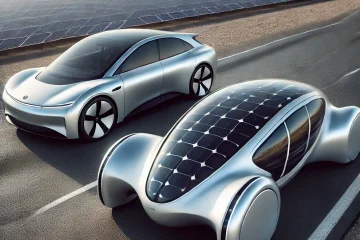
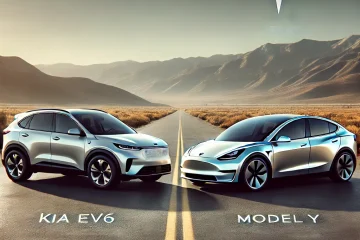
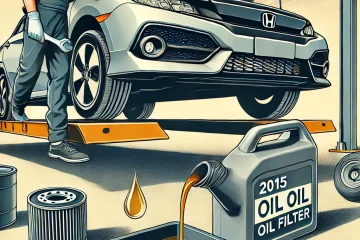
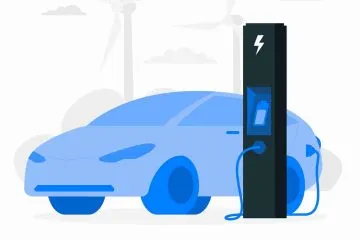


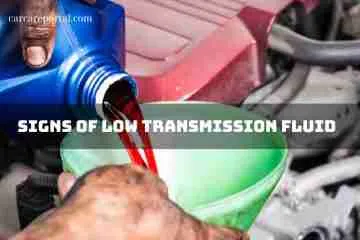

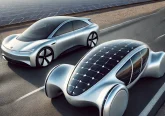



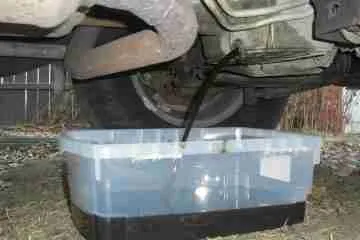
No Comment